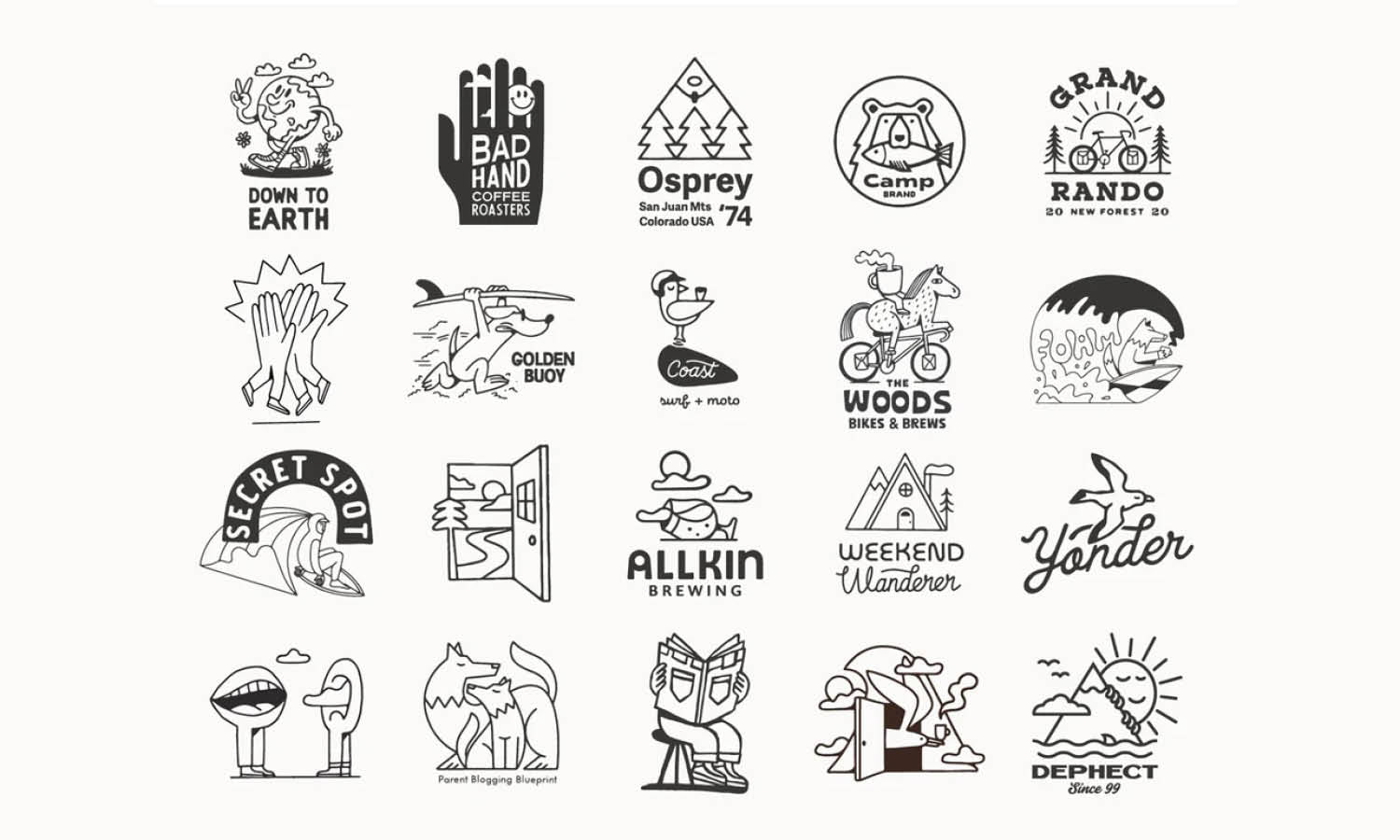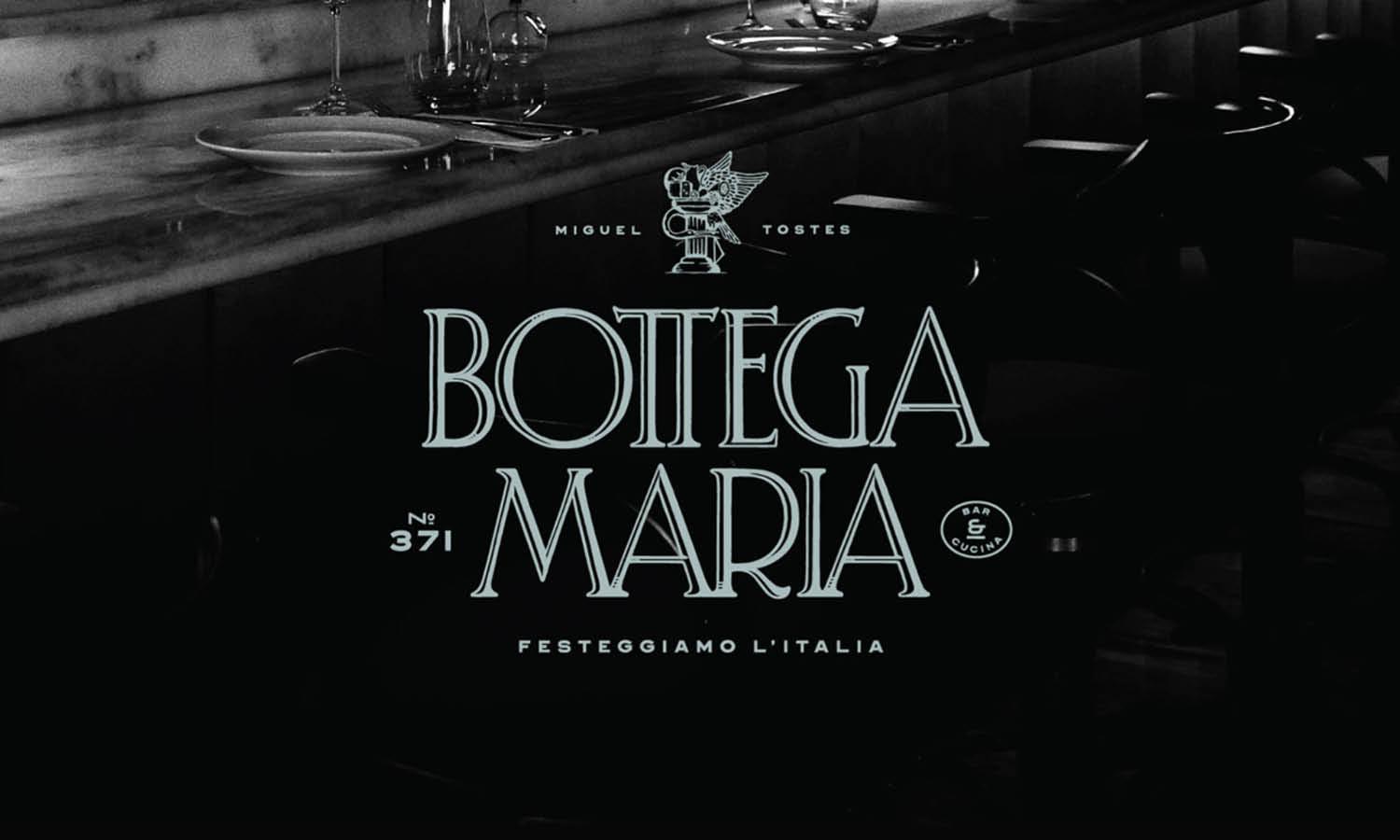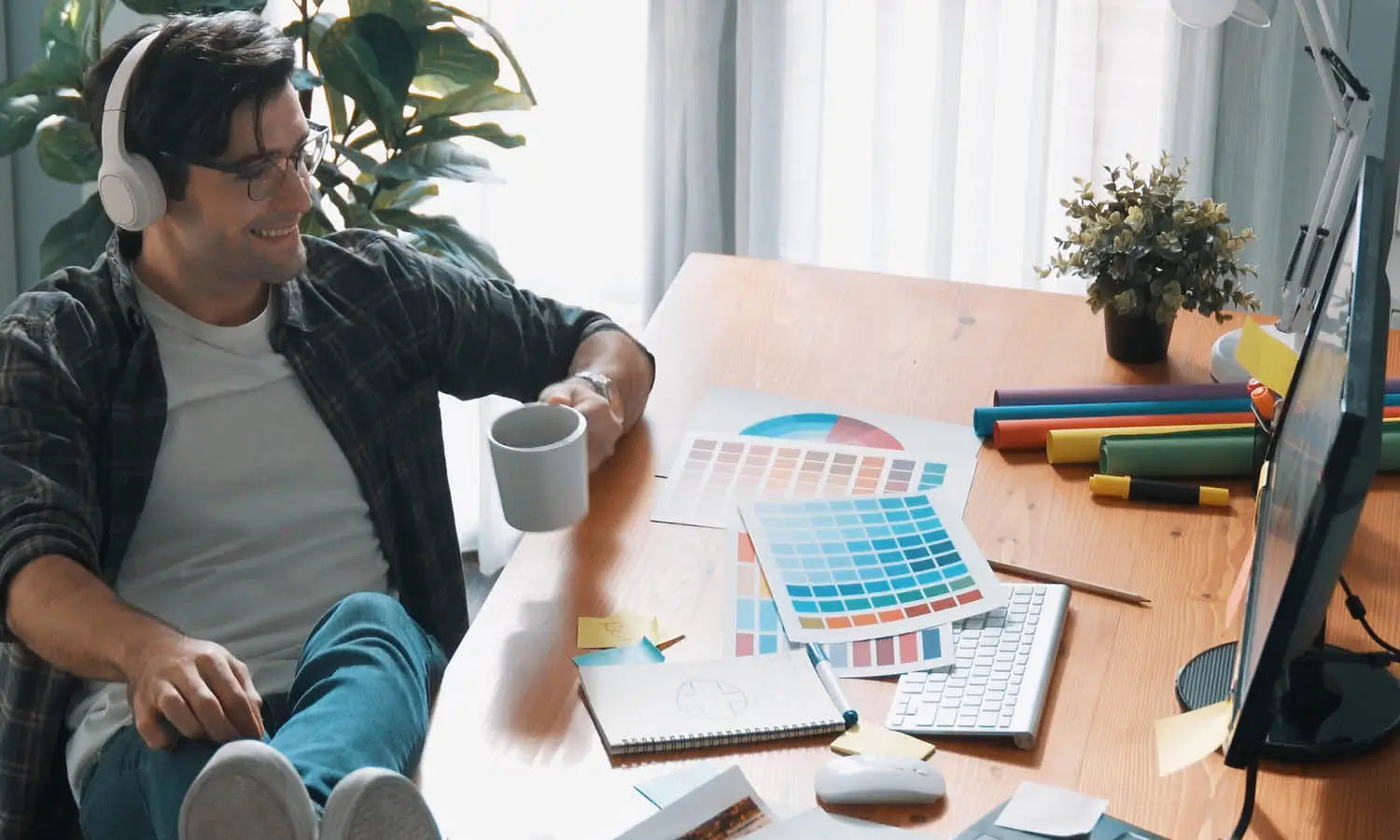How to Create a Logo Design in 5 Minutes

Source: Nick Zotov, Rigear Logotype, Dribble,https://dribbble.com/shots/17301736-rigear-logotype
Creating an impactful logo design quickly can be a formidable task for even the most experienced designers. In today’s fast-paced world, efficiency is as crucial as creativity. Whether you’re a freelance designer pressed for time or a business owner needing a logo on the fly, mastering the art of quick logo design is essential. This guide provides practical tips to help you design a logo in just 5 minutes, focusing on key elements that make a logo memorable and effective.
By following a streamlined process and leveraging modern design tools, you can produce a logo that not only looks professional but also resonates well with the target audience. Let’s dive into how you can maximize creativity and efficiency, ensuring that your logo design stands out in a sea of brands without spending hours behind the screen. This approach will cater to designers at any skill level who aim to deliver quality with speed.
Understand the Brand Essence
When tasked with creating a logo design, the first and crucial step is to understand the essence of the brand. This understanding is pivotal as it informs the design direction and ensures the logo resonates with the target audience. Begin by gathering key information about the brand, such as its mission, vision, values, and unique selling propositions. Knowing the target demographic is equally important, as age, gender, and cultural backgrounds can influence design preferences.
It's helpful to ask questions like: What does the brand stand for? Who are its competitors? What makes it different from others in the market? These insights help in crafting a logo that not only stands out but also encapsulates the brand’s identity. A logo serves as the face of the brand and the cornerstone of its visual identity, making it essential to align the design with the brand's core message. This alignment ensures that the logo not only catches the eye but also fosters brand recognition and loyalty, which are crucial for the brand’s long-term success.
Choose a Design Style
Choosing the right design style is vital in the logo creation process, as it sets the tone for the brand’s visual representation. The style should reflect the brand’s personality, whether it's modern, minimalist, vintage, or whimsical. Each design style communicates different feelings and attributes:
• Modern logos often use clean lines and simple color palettes to convey sophistication and innovation.
• Minimalist designs focus on simplicity and functionality, eliminating any unnecessary elements that don’t contribute to brand identity.
• Vintage styles evoke nostalgia and are perfect for brands wanting to highlight heritage and tradition.
• Whimsical designs use fun, playful elements ideal for brands targeting young audiences or those in creative industries.
Research current trends in logo design, but also consider timelessness, ensuring the logo does not become outdated quickly. The chosen style should be scalable, versatile, and recognizable, functioning well across various mediums and sizes. Whether it is printed on a business card or displayed on a billboard, the style should maintain its integrity and continue to effectively communicate the brand’s message.
Select a Color Scheme
Choosing the right color scheme is a pivotal step in logo design, as colors play a significant role in conveying the brand's message and influencing consumer perceptions. Each color evokes specific emotions and associations, making it crucial to select a palette that aligns with the brand's values and target audience. For example, blue often represents trust and reliability, making it a popular choice for financial institutions, while green is associated with health and sustainability, suitable for eco-friendly brands.
When selecting colors, consider the cultural context, as colors can have different meanings in different cultures. Limiting the palette to two or three colors can help maintain the logo's visual impact and ensure it remains effective across various mediums. It's also important to consider color psychology and how it can enhance brand positioning.
Use contrast effectively to make the logo stand out, especially when it appears on different backgrounds. Additionally, ensure the colors chosen are versatile for digital and print formats, maintaining consistency in all forms of brand representation. A well-chosen color scheme not only enhances brand recognition but also helps establish a strong connection with the audience.

Source: Mr. Mockup, Business Card Mockups, Dribble, https://dribbble.com/shots/18961757-Business-Card-Mockups
Pick the Right Typography
Typography in logo design is not just about choosing a font; it's an essential component that reflects the brand's character and ethos. The right typeface can enhance brand recognition and impact how the audience perceives the brand. Consider the brand's personality—whether it's professional, friendly, innovative, or traditional—and choose a font that embodies these qualities.
For instance, a serif font may be ideal for a brand that wants to project an image of respectability and tradition, while a sans-serif font can communicate a clean, modern, and approachable feel. Script fonts, on the other hand, can add a personal touch, suitable for wedding planners or bakeries.
It's crucial to ensure that the typography is legible in various sizes and across different media. Avoid overly decorative fonts that might compromise clarity, especially when scaled down for items like business cards.
Use Design Templates
In the fast-paced world of logo design, utilizing design templates can be a highly effective strategy to create appealing logos quickly. Templates offer a foundational structure that can be customized to suit specific brand needs, significantly speeding up the design process. Many online design platforms provide a wide range of templates that cater to various industries and style preferences, allowing designers to select a base that closely aligns with the brand’s identity.
When using templates, it is crucial to customize elements such as color, typography, and other graphics to ensure the logo remains unique and personalized. Adjusting these elements helps avoid a generic appearance and ensures that the logo stands out in a competitive market. Moreover, templates can serve as a source of inspiration, providing ideas for layout and composition that might not have been immediately apparent.
It is important for designers to remember that while templates can save time, they should not replace creativity. The goal is to use the template as a starting point, then infuse the design with the brand’s unique traits and personality. This approach not only streamlines the creative process but also maintains a high standard of design quality and originality.
Incorporate Simple Shapes
Simple shapes are a fundamental tool in logo design, providing a way to create clean, recognizable, and memorable logos. Utilizing basic geometric shapes like circles, squares, triangles, and rectangles can help convey a brand’s message succinctly and effectively. These shapes are visually striking, easy to remember, and can be combined or altered to form new, interesting designs.
For instance, circles can suggest community, unity, or eternity, making them ideal for brands that want to emphasize inclusiveness or continuity. Squares and rectangles convey stability and reliability, perfect for professional services. Triangles can indicate direction, growth, or dynamism, suitable for innovative or tech-focused companies.
Designers should also consider the psychological impact of these shapes and how they can be used to enhance brand storytelling. The simplicity of these shapes allows for versatility across various applications, ensuring the logo remains effective whether it is displayed on digital platforms or physical products.
Add Symbolism
Incorporating symbolism into logo design can significantly enhance the depth and narrative of a brand's identity. Symbols are powerful tools that convey complex ideas quickly and efficiently, resonating with the audience on a subconscious level. When adding symbolism to a logo, it is crucial to choose elements that align closely with the brand’s core values and message.
For example, a tree might symbolize growth, nature, and sustainability, making it a suitable choice for environmental organizations. A lion could represent strength and courage, ideal for a sports team or a leadership-focused enterprise. Choosing the right symbol involves understanding the psychological impact of various icons and how they can communicate the brand's message without words.
Designers should also consider the cultural implications of symbols to ensure they resonate positively across different demographics. The goal is to create a logo that not only looks appealing but also tells the brand’s story in a universal language that is easily understood by its target audience.
Effective symbolism should be simple yet profound, capable of conveying the brand's essence at a glance. This strategic use of imagery can make a logo more memorable and impactful, establishing a deeper connection with the audience and differentiating the brand in a crowded marketplace.

Source: VASK Studio, Drophome, Dribble, https://dribbble.com/shots/15527096-drophome
Prioritize Clarity Over Creativity
While creativity is a cornerstone of logo design, clarity must not be compromised in the pursuit of uniqueness. A logo's primary function is to identify a brand and make it easily recognizable. This means that the design should be straightforward enough that the audience can quickly grasp what the brand is about without confusion.
Simplicity in logo design ensures that it is legible across various sizes and mediums, from tiny mobile screens to large billboards. This clarity is especially critical in today's digital age, where a logo must function well on different platforms and in various formats. A complex logo may be visually striking but could lose its effectiveness if it becomes illegible when scaled down or if its intricate details are lost.
When designing a logo, focus on creating a clean and uncluttered design. This doesn’t mean that the logo should be plain, but rather that every element should serve a purpose and contribute to the overall understanding of the brand. Avoid using excessive colors, fonts, or overly abstract concepts that might dilute the logo's message.
Remember, a clear and concise logo not only strengthens brand recognition but also builds trust with the audience, as it communicates professionalism and attention to detail. Prioritizing clarity over excessive creativity can result in a more impactful and enduring logo.
Utilize Negative Space
Negative space, or the space around and between the subjects of an image, is a powerful tool in logo design. It allows designers to create a clean, clear, and memorable logo that can communicate more than meets the eye. Effective use of negative space not only enhances the aesthetics of the logo but also embeds a secondary message or symbol that can make the logo more intriguing and engaging.
One of the most famous examples of using negative space is the FedEx logo, where the space between the letters 'E' and 'x' forms an arrow, symbolizing speed and precision. This subtle yet impactful use adds a layer of meaning that reinforces the brand's message without cluttering the design.
When incorporating negative space in a logo, simplicity is key. The goal is to create a balance that does not overwhelm the viewer but rather invites them to look closer. This technique can differentiate a logo from competitors by adding depth to the design, making it more memorable and recognizable.
Designers should also consider the various applications of the logo to ensure that the negative space works well in different contexts, such as digital, print, and merchandise. Properly utilized, negative space can elevate a logo from ordinary to extraordinary, providing a visual and conceptual clarity that resonates with the audience.
Consider Scalability
Scalability is a critical factor in logo design, ensuring that the logo maintains its effectiveness and integrity across all sizes and formats. A scalable logo will look just as impressive on a small smartphone screen as it does on a large billboard. This versatility is crucial for brand consistency and recognition as the logo will appear on various platforms and products.
When designing for scalability, simplicity is essential. Complex logos with too many details can become unrecognizable when reduced to smaller sizes. To avoid this, focus on bold, clean lines and limit the number of colors and fine details. This approach ensures that the essential elements of the logo are visible and effective at any scale.
Additionally, it's important to test the logo in multiple sizes during the design process. This testing can help identify any elements that lose clarity or impact when scaled down or up. Digital applications, in particular, require logos that are flexible and adaptable to different screen resolutions and formats.
Conclusion
Crafting a logo in just five minutes requires a blend of creativity, efficiency, and strategic thinking. By understanding the brand's essence, selecting an appropriate design style, and incorporating elements like color, typography, and simple shapes, designers can develop impactful logos swiftly. Utilizing templates, embracing negative space, and ensuring scalability further enhance the logo's effectiveness across various platforms. Remember, a well-designed logo not only captures the audience's attention but also communicates the brand's values and story succinctly. Emphasizing clarity and smart design choices will result in a memorable and enduring logo design.
Let Us Know What You Think!
Every information you read here are written and curated by Kreafolk's team, carefully pieced together with our creative community in mind. Did you enjoy our contents? Leave a comment below and share your thoughts. Cheers to more creative articles and inspirations!
















Leave a Comment